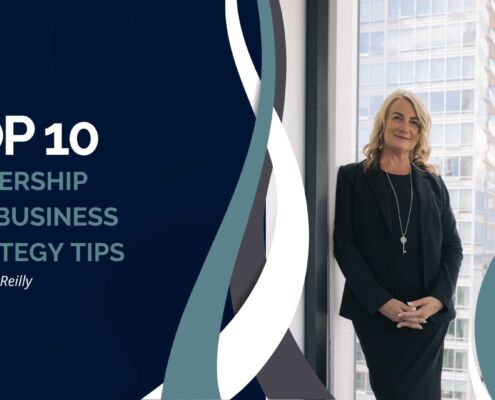Posts

Top 10 Leadership and Business Strategy Tips
Here are my top 10 leadership and business strategy tips that…

How to Deliver Your Key Message in Under 3 Minutes
As leaders, effective communication is paramount, and this month,…

Five Strategies to Help Break Free From Imposter Syndrome
Imposter syndrome is a common experience many people face at…

STRATEGIC FOCUS AND PLANNING
For our businesses to continue to thrive, we must constantly…

